When COVID-19 hit, our world quickly adopted new language. Almost overnight, phrases like sheltering-in-place and social distancing became casual references in everyday conversations. And following national and global events, including the murder of George Floyd, terms like racial equity, racial justice and systemic change have been appearing more and more across industries, including the health space. This opens opportunities to join the conversation and take the lead on the narrative through keywords and search opportunities.
Over time, the definitions of the words we frequently depend on and use can shift. Sometimes, a word or phrase that has been largely used in one industry is adopted into a new space. At other times, brand new words are coined and slowly infiltrate an industry. Strategically using trending and emerging terms and phrases can make your organization more easily found on the web. It can also enforce your relevancy and show that your organization is keeping a pulse on changes occurring both within your industry and in society.
Exploring health equity
The term “health equity” has existed within public health for years. But since the pandemic hit, which has disproportionately impacted BIPOC communities, the health space has been allocating more and more resources toward this area, with a strong focus on improving health outcomes for underserved communities. This has shifted how organizations talk about health equity, and the frequency with which they discuss it.
According to the CDC, “health equity is achieved when every person has the opportunity to attain his or her full health potential and no one is disadvantaged from achieving this potential because of social position or other socially determined circumstances.”
Changemakers pursuing health equity not only work to reduce social determinants of health (SDOH) and disparities, but they work toward achieving a high standard care for all people. In part, this requires a strong focus on individuals with the greatest risk of experiencing poor social conditions and health outcomes, as these populations are the least likely to achieve a high level of health without systemic change.
Related Content: Read more about how your organization can tap into the power of transformation through empathy-based communications.
Joining related conversations
Conversations around health equity usually extend into narratives around:
SDOH, or all of the non-medical, social factors that influence a person’s health. This includes food insecurity, employment, education, income, and transportation. Many of these determinants can serve as predictors for a decline in health. And with COVID-19, SDOH has come to include newer considerations, such as access to the internet to enable telemedicine visits.
Health disparities, which are the disadvantages a person faces that are uniquely attributed to obstacles due to systemic injustice. Most disparities are preventable, with BIPOC communities disproportionately impacted.
Health justice, which focuses on dismantling a system that has been built on racism and a neglect for BIPOC communities. This includes pursuing sustainable solutions that improve health long term for all communities, including ensuring that everyone has access to quality health care.
Marketing tactics for leading the health narrative
Changemakers in the health space are committed to finding new ways to improve health outcomes. This makes them more likely to be on the frontlines of new and innovative ideas. They are also more likely to be exposed to new phrases and concepts before they are widely circulated.
Related Content: See how changemakers can support maternal health justice through their communications.
These marketing tactics can help communicators in health care accurately define new words and concepts and spread awareness to consumers and others within the industry:
Glossaries
Different industries and organization define terms in different ways. Helping your audience understand how you define common buzzwords, or highlighting lesser-known words that are commonly misconstrued or create confusion, can help you establish your organization as a trusted resource.
Frequently Asked Questions (FAQs)
FAQ pages give you the chance to dive more deeply into how your organization is working toward health equity and justice. These pages are also rich with SEO terms, which can help your audience find your website and explore how you are using communications to contribute to the larger conversation.
Already using these tactics? Because language is frequently changing, remember to revisit these assets periodically to ensure that the terms you are using reflect your organization’s values and the current climate.
Looking for support navigating health language and messaging?
We can help.



